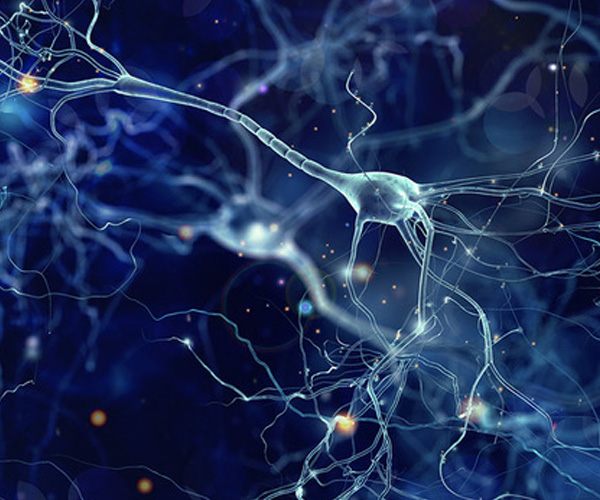What is ALS ?
First described in 1869 by French clinician Jean-Martin Charcot, ALS is a misunderstood illness. Doctors once thought it was rare but now consider it fairly common: about 5,000 people in the U.S. are diagnosed with ALS each year. In total there are about 30,000 ALS patients in the U.S. and approximately 5,000 in the United Kingdom. Most people who develop ALS are between the ages of 40 and 70 but the disease strikes younger and older patients as well. Some well-known people who suffered from ALS include British actor David Niven, baseball player Lou Gehrig, Russian composer Dimitri Shostakovich and Chinese leader Mao Zedong. Researchers have found unusual clusters of patients with the disorder among Italian soccer players, veterans of the Persian Gulf War and residents of the island of Guam.


Because ALS harms motor neurons only, the senses of sight, touch, hearing, taste and smell are not affected. For unknown reasons, the motor neurons responsible for movements of the eyes and bladder are spared for long periods. Stephen Hawking, for example, still has control of his eye muscles; at one time he communicated by raising an eyebrow as an assistant pointed to letters on a spelling card. So far only one treatment for ALS has been approved: riluzole, a molecule that can prolong survival by several months, most likely by curbing the release of glutamate by nerve terminals.
Although the SOD1 mutation has taught us a great deal about the familiar forms of the disease, we still need the key to the sporadic cases of ALS.

